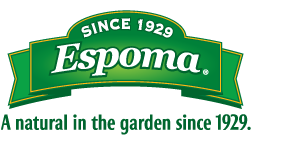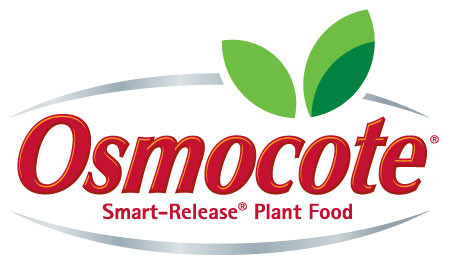Apparently, and I have been sleeping through this one, there is a Chocolate Garden Craze going on. I discovered this while reading an article on Chocolate Basil. Before you get all excited, apparently THIS Chocolate plant does not exist. Yet! The author went on to explain that back in 2006 there was a flurry of posts on the web about this fantastic Chocolate Basil. To make a long story short, every attempt to locate this plant failed. They even went to the place where the original plant supposedly existed, they had never heard of it. There was suddenly broken links, screen names vanished and all kinds of other mysteries surrounding this plant.
So, this got me to looking for other Chocolate plants. I had heard and even at one time grew some Chocolate Mint (Mentha piperita), but that was the extent of it. There are LOTS of Chocolate scented, flavored (relatively speaking) and colored plants and flowers. I was amazed. I am planning on trying to acquire some of these and have my own little Chocolate Heaven. Please keep in mind, what might smell like Chocolate to you or me, may smell really bad to somebody else.
Let's start with:
Chocolate Flower
(Berlandiera lyrata) Looks like a daisy with yellow petals and a dark chocolate center. The aroma from the flower can be detected as far as 30 feet away.
Chocolate Cosmos (Cosmos atrosanguineus) has such dark maroon flowers that they do occasionally approach the color of a Hershey's bar. The Chocolate scent is most evident as evening approaches, toward the end of a hot summery day.
Chocolate Vine (Akebia Quinata): climbing plant with purple-red flowers that smell of milk chocolate.
Columbine (Aquilegia 'Chocolate Soldiers') has a chocolate-scented variety
Carolina allspice (Calycanthus floridus): Deciduous shrub with maroon brown flowers and has a bittersweet chocolate fragrance.
Chocolate Geranium (Pelargonium 'Chocolate Joy')
Nasturtium (Tropaeolum 'Chocolate'),
Rudbeckia (R. 'Chocolate Drop')
Sweet William (Dianthus 'Bittersweet William')
I only list the next one because of the Chocolate Scent, Please don't eat it:
Foxglove (Digitalis 'chocolate') This is what you would call, LITERALLY dying for Chocolate, as foxglove is a poisonous plant.
There are others that look like Chocolate but there is disagreement as to whether they actually smell or taste like it.
Dahlia 'Karma Choc'
Chocolate Corn,
Chocolate Cherry Tomato,
Chocolate Mini Bell Pepper,
Viola 'Velour Frosted Chocolate',
Milk Chocolate Calendula
Chocolate Sunflower
There are many others out there. Check your local garden centers and favorite seed magazines for availability and zone preferences.
There is ONE MORE Chocolate plant that I would like to mention.
The true cocoa tree (Theobroma cacao). I have tried this one myself. The difficulty with it was, even in my Zone 8 and a greenhouse I couldn't grow it. I could not keep my greenhouse above 40 degrees. That apparently is their lowest temperature limit. The year I tried it we had record cold temps and it dropped to 18 degrees outside. With my little electric heater, the best I could do was 33 inside. I plan on trying again sometime in the future. I will have a bigger, better greenhouse with an industrial size heater. It may cost me $500 for that candy bar I want to make, but isn't everything better homegrown?!
Happy Growing!
Darren








Have you tried this product? I am excited to see it it works. Bayer says to use it only once per season, so I was curious whether you had success with it. Like Patricia, I have two indoor citrus trees that are annually attacked by scale. I take great pains to clean the plant before bringing it into the house at the end of the summer season but the darned scale shows up with its sticky residue around February or March and starts destroying my plants. I am hopeful that the systemic will take care of this problem. By the way, Bayer seems to play a little game on its site by suggesting it is a good product for indoor citrus while the label suggests only using it on outdoor plants. I'm all in for using it because the sticky residue makes me nuts.
ReplyDeleteشركة نقل اثاث من الرياض الى الامارات شركة نقل عفش بالرياض